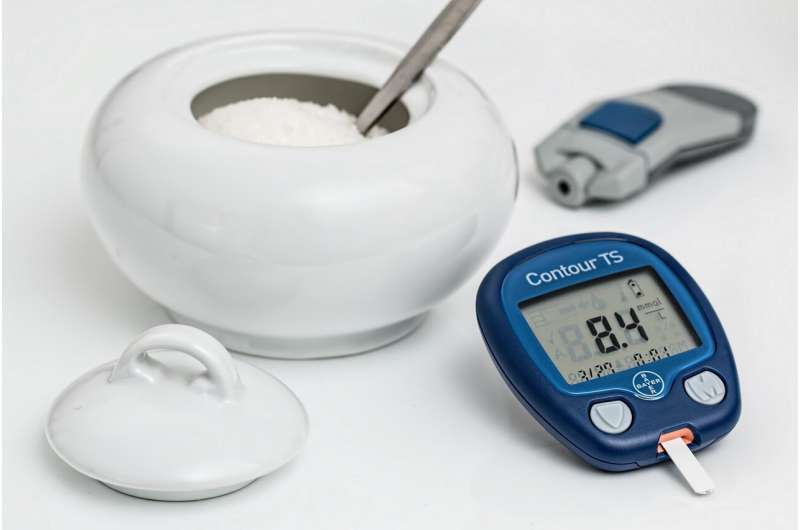Launch of global type 1 diabetes index

JDRF, a global type 1 diabetes (T1D) research and advocacy organization, announces the launch of the Type 1 Diabetes Index (T1D Index). The T1D Index is a first-of-its-kind data simulation tool that measures the human and public health impact of the T1D crisis in every country across the globe. Until now, there have been wide gaps in the data about the incidence and impact of T1D. Leveraging data and insights from the T1D Index can help change the lives of people living with T1D by identifying attainable country-by-country interventions including timely diagnosis, accessible care and funding research that could lead to cures.
The T1D Index and accompanying research has been published in The Lancet Diabetes & Endocrinology.
T1D is an autoimmune condition and one of the fastest-growing chronic health conditions, impacting nearly nine million people across the globe. Certain factors like family history can increase risk, but it is not caused by diet or lifestyle. T1D causes the pancreas to make very little insulin or none at all—this means the human body cannot convert food into energy, which can lead to long-term complications including damage to the kidneys, eyes, nerves, heart and even premature death. There is currently no cure for T1D.
“As a member of the T1D community, I know many are not as fortunate as I am to have the resources necessary to live a healthy and fulfilled life,” Aaron Kowalski, Ph.D., JDRF CEO, said. “This is why I am so proud that significant progress has been made to understand T1D’s global impact through the T1D Index. We are calling on government and public health decision makers throughout the world to utilize the tool to identify and implement interventions that can change the trajectory of T1D.”
JDRF collaborated with key partners and experts around the world to develop the T1D Index—using the results from a global survey of more than 500 endocrinologists and 400 publications to simulate the state of T1D globally and at the country level.
The Index uniquely illuminates the human burden of T1D by highlighting “missing people,” which is the number of people who would still be alive today if they had not died early due to complications from T1D, and “healthy years lost,” which represents time lost to ill-health, disability or early death from living with T1D.
Simulations from the T1D Index suggest that globally, as of 2022, there are more than 3.86 million “missing people” and an average of 32 “healthy years lost” to T1D per person, if diagnosed at age 10.
T1D presents a profound human, emotional and financial burden for those who live with it—and prevalence is on the rise. Simulations from the T1D Index have led to the identification of four key interventions that could change the current trajectory for T1D and its impact on people around the world:
- Timely diagnosis: enabling better education and training for medical professionals to accurately diagnose T1D. If the global population has access to timely diagnosis from 2023, 668,000 more people could be alive in 2040.
- Insulin and strips: creating barrier-free access to insulin and blood glucose testing strips. If the global population has access to insulin and testing strips from 2023, and coaching to self-manage the condition, 1.98 million more people could be alive in 2040.
- Pumps and CGMs: ensuring everyone living with T1D has access to technology that automates glucose monitoring and insulin delivery. 673,000 more people could be alive in 2040 if everyone with T1D has access to the technology available from 2023.
- Prevention and cures: making the case for further investment and research in emerging prevention, treatments and cures. 890,000 more people could be alive in 2040 if we find cures.
Once interventions are identified on the global and country level, the T1D Index encourages users to take action by sharing the data and findings with their networks and local decision makers, and connecting with other T1D advocates in their communities.
Additionally, the T1D Index shines a light on important statistics about the burden of T1D globally, including:
- Since 2000, T1D prevalence has increased at four times the rate of global population growth.
- The expected number of people living with T1D in 2040 will be 17.43 million.
- The number of “missing people” in the year 2040 is projected to be 6.85 million.
Source: Read Full Article
